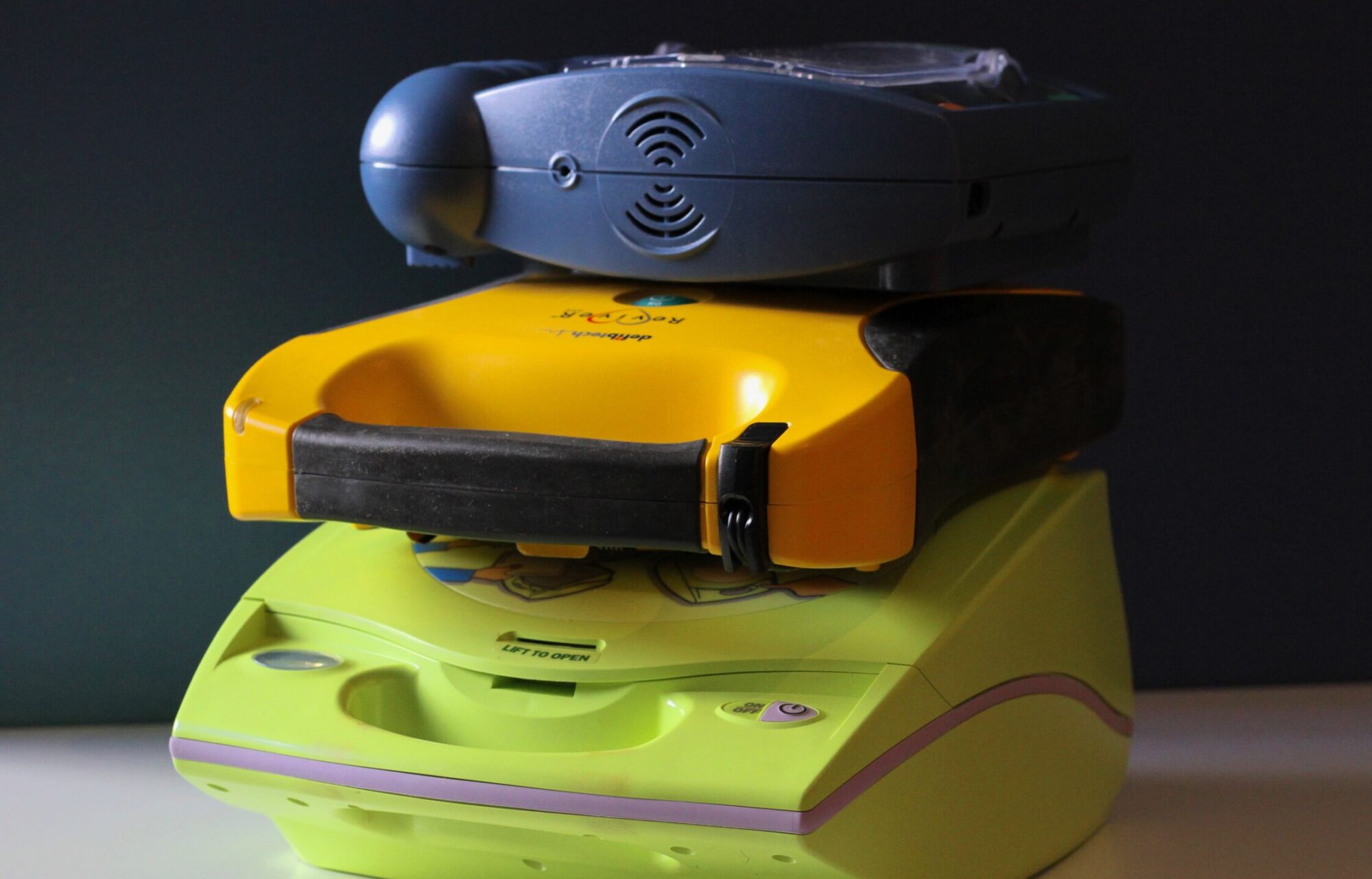What are “Connected AED Machines” and what features do they offer?
As consumer electronics continue to advance in technical sophistication, we’re often left to wonder, why not AEDs? After all, they’re a truly life-and-death piece of medical equipment.
NOT connecting AEDs creates a lot of challenges.
As of April 2020, Physio Control’s CR 2 AED is the only FDA-approved connected AED machine. The ZOLL AED 3 is still under review. The HeartSine 350P has an add-on module that helps connect the AED, but the technology isn’t built into the product.
Today’s connected AED machines send readiness status information from the device to a cloud server. Readiness info, such as whether the unit passed or failed a self-test, can be vital to ensuring AED programs are well-run and ready to save lives.
Alerts can also be sent through the “connected” feature to alert when electrode pads fail or become expired and when batteries start to run low.
The catch-22 of a connected product is that obtaining data from an AED to the cloud (either by wifi or cellular connection) requires extra data and it also drains power. The CR2 and AED 3 use the same battery for life-saving energy as they do for connection to the cloud, which isn’t optimal. The HeartSine Gateway uses a separate battery for the connection features.
Whereas non-connected AED units have to be manually checked, their modern brethren offer an exciting look at what the future holds.
How much do connected AEDs cost?
Currently, the connected AEDs are some of the more expensive AEDs on the market, even if you’re not using the “connected” features. Silly.
Another thing AED buyers should watch out for is how much the connection fees cost and what these fees might do to the AED’s total cost of ownership.
Other items to watch out for:
Learn how often the AED “checks-in” with the server. Do you get instant readiness checks, daily, monthly?
What happens if you have a connected AED that uses wifi and you take it out of the network’s range? Does it default to cellular?
If you use your AED, does that data get sent automatically to the cloud for use and access by the overseeing MD?
